Kroger's 'Simple Truth' Chicken Claims Alleged to be Simply False


When it comes to chicken, the truth isn't so simple after all.
Supermarket giant Kroger Co. faces a potential class-action lawsuit for allegedly deceiving consumers about farming practices with its “Simple Truth” brand of chicken products. A consumer in California filed a suit against the company earlier this month at a Superior Court in Los Angeles and is seeking class-action status, reported Reuters.
The suit alleges that Kroger deliberately misled consumers with labeling on its Simple Truth chicken products that claimed the animals were raised in a “cage-free” and “humane environment” when in fact, the case claims, the chickens were raised under standard commercial farming practices that involve packed pens and electrocution before slaughter.
The Simple Truth line of products are marketed as "honest, easy to understand and affordable choices" to consumers at Kroger’s stores and sold at a premium. The chickens used for the products in question were raised by Perdue, the country’s third-largest poultry producer, on behalf of Kroger, the nation’s leading grocer.
“Looking to profit from growing consumer awareness of, and concern with, the treatment of farm animals raised for meat production, Kroger engaged in a deceptive and misleading marketing scheme to promote its ‘Simple Truth’ store brand chicken as having been sourced from chickens raised ‘cage free in a humane environment’,” reads the complaint.
In order to use the term "cage free," poultry farmers only have to prove to USDA regulators that the animals have access to the outdoors. There are no more specific regulations about how often the animals access the outdoor space or how large it must be. Animal Welfare Guidelines from the National Chicken Council, an industry advocacy group, state that commercial broiler chickens should be housed in open structures that provide less than one square foot of space per bird (about 0.80 of a square foot to be exact).
The other term in question—used widely in the grocery store meat department—is even fuzzier. Producers and marketers can decide for themselves how to use the word “humane” on livestock product labels since the USDA does not define that term under any specific regulation.
The Kroger suit highlights the difficulties consumers face in choosing products that meet their ethical and environmental expectations when the marketing terms they search for—organic, natural, humane—are, in effect, regulatory gray areas.
Responding to a request for comment, Kroger spokesman Keith Dailey told Reuters: “What we have on our Simple Truth chicken label is information for our customers that we believe is accurate, and we intend to vigorously defend our label."
A New Jersey court decision in a similar case against Perdue last year could bode well for the plaintiffs in the Kroger case. In 2010 the Humane Society of the United States filed a suit on behalf of New Jersey consumers against Perdue for "false and deceptive" marketing related to the “humane” label on its Harvestland brand of chickens. In March of last year a federal judge cleared the suit to move forward as a class-action lawsuit.
The Rise of 'Energy Citizens' Spurs Clean Energy in the UK
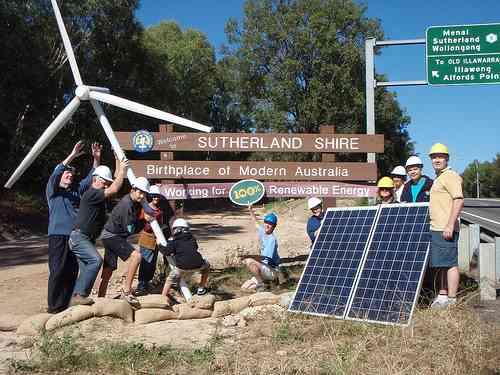

By Martin Wright
No finance director likes a wasted asset. But not everyone is as adept at spotting one as Luke Marion. Marion is FD of the Oxford Bus Company (OBC), and the asset in question is a roof over its main depot.
It might be doing a good job keeping the buses dry, but Marion reckoned it could work harder. Vast, sprawling and–crucially–south-facing, it struck him as the ideal site for a massive photovoltaic (PV) plant. The roof could accommodate a system with a peak performance capacity of 140 kilowatt-hours–enough to produce a quarter of the company’s total energy needs. At a stroke, Marion realized this could both cut his company's bills and help achieve its carbon target. But the upfront costs–around $250,000 (or £150,000)–“just didn’t stack up."
Which is where the Low Carbon Hub came in. Set up by community renewables expert and sometime government adviser Barbara Hammond, the hub helps local companies and communities develop renewable installations for community benefit.
It works like this. The Hub draws on the expertise of Hammond and its founders–all veterans of Oxford’s community renewables scene. Supported by a £1 million European Intelligent Energy Fund, they partner with local communities to develop, finance and manage renewable energy schemes for community benefit. In the case of the OBC, the business made the roof space available, and the Low Carbon Hub raised the finance locally and installed the PV panels.
The result is that the bus company uses the cheap, green electricity generated by the panels, investors get a fair return and the hub receives the payments from the U.K.’s Feed-in-Tariff (FITs) program to support local communities to develop their own renewable schemes. This backs the rise of "energy citizens" where locals can buy into renewables, whether it is a community or a corporate scheme. Everyone’s a winner.
Like most community renewable programs, the hub’s model depends on the FITs–but Hammond is pragmatic about the risk of further cuts. “The other side of the coin is that the cost of the kit–such as solar PV–is coming down rapidly. So financially it still stacks up for us: We can still make it work.”
The hub is also adept at identifying smart financial mechanisms which can boost the returns for local investors. Mechanisms like the Enterprise Investment Scheme (EIS) and the Seed Enterprise Investment Scheme (SEIS), which provide tax relief on investment sufficient to boost the annual ROI, are “a whole lot better than putting it in a building society," as Hammond says. Expertise of this sort can make all the difference when it comes to encouraging local people to invest for the benefit of their communities.
With the help of the hub, a group of locals interested in setting up a micro-hydro scheme at Osney Lock, in West Oxford, England were able to raise £600,000 in a share offer in just three weeks. “The hub was incredibly helpful in offering advice as to how to market the share offer and structure the whole thing," says Saskya Huggins, director of Osney Lock Hydro IPS. She calculates that, over the 40-year life of the scheme, they should generate $3.3 million (or £2 million) in income, which can be reinvested in further local community energy work.
This kind of local multiplier effect is at the heart of the Hub’s vision, explains Hammond: to work with communities so that the surplus income from renewables can be invested directly in further schemes–or in helping local households become more energy efficient. “That work is much less developed, but our aim is to ‘power up,' by creating new renewable capacity, and then use the income to ‘power down’ by reducing overall energy demand.”
Green commitment is the spark for many community energy initiatives, but it’s not compulsory, says Paul Phare, development director of Energy4All, a group which helps to advise on such schemes. Many people who decide to invest are motivated as much by a combination of decent returns–which can be as high as 10 percent annually over 20 years on some wind schemes–as by the thought that they’re doing something for their home territory. “They like the idea that profits are staying in the local area.”
The idea of harvesting energy close to home is a motivator, too. Take Cornwall, England. It’s blessed with a bounty of local resources–such as wind, waves, sun, hydro and biomass. Yet much of its power comes from energy companies far away. Now, a group of local enthusiasts in one Cornish town have formed the Wadebridge Renewable Energy Network (WREN), a cooperatively owned social enterprise which has installed 6.5 megawatts of renewables–including "re-powering" a local wind turbine. More than one in 10 local adults are members of this Ashden Award-winning scheme--proof that enthusiasm for home-grown energy isn’t restricted to a few fringe enthusiasts.
What’s novel in the U.K. is fast becoming normal elsewhere in Europe. Dutch co-op Windcentrale is just one of many which is attracting investment by appealing both to people’s concern for the planet and their pockets. Its latest offering saw all 6,648 shares in a new wind turbine, priced at $275 (or €200) each, sell out in just 13 hours. Impressive, but perhaps not surprising given a projected annual return of 8.5 percent. In Germany, meanwhile, one local energy co-op is even negotiating to buy the Berlin city grid. Others are using local sources such as wind and biogas to pursue a dream of energy independence. Feldheim, just outside Berlin, has even managed to go completely off-grid, cutting its bills by one-third as a result.
In Britain, there are rare pockets which the grid never reached, such as the Scottish Isle of Eigg. Until recently, the islanders were dependent on noisy, polluting and increasingly expensive diesel generation. But after buying out their feudal owner, they took control of their power supply, too. Eigg Electric is an Ashden Award-winning community-owned company which supplies more than 90 percent of residents’ requirements through a mixture of solar, hydro and wind–pumping power into a local grid which runs around the island. Power bills have plummeted, says one resident, Lucy Conway: “People used to pay 65p per unit when they were reliant on diesel. Now it’s just 21p.”
But it’s not just financial benefits. Eigg has shown what it feels like to be in control. And this, says Giles Bristow, director of programs and energy lead at Forum for the Future, is one of the great unsung benefits of a community energy culture.
For most of the U.K., by contrast, it’s still early days, says Bristow. “The whole regulatory system–whether it’s about planning, or grid feed-in--is geared to the ‘Big Six’ utilities. It just doesn’t understand community energy.” As a result, local communities continue to face hefty obstacles, such as access to finance for the initial capital. Support to overcome these obstacles, from pioneers like the Low Carbon Hub, WREN or Energy4All, can unleash a whole range of additional benefits, adds Bristow: “Once people own their energy supply, they get more engaged with the whole issue. So they’re more likely to look for ways to cut consumption–especially if they are still relying on the ‘Big Six’ for part of their needs. It has a huge democratizing effect.”
With the right policy environment, Bristow believes the U.K. could see 3.5 gigawatts of installed capacity which is entirely community-owned. That’s the same amount as both new reactors planned for the Hinckley nuclear plant: “We’re only just beginning to see what happens when people become energy citizens.”
An investment worth having
Communities setting up a new renewable energy enterprise can take advantage of the Seed Enterprise Investment Scheme (SEIS) and the Enterprise Investment Scheme (EIS) to make the projects more attractive to investors. These schemes offer income tax and capital gains reliefs. Individuals can benefit from 50 percent tax relief on the amount invested under SEIS and 30 percent tax relief on the amount invested under EIS, having a significant positive impact on their overall return.
Image credit: Flickr/jondoig
Martin Wright is Founding Editor of Green Futures and a Visiting Judge for the Ashden Awards for Sustainable Energy.
IFAD and Unilever sign first global PPP agreement


The International Fund for Agricultural Development (IFAD) and consumer goods giant Unilever have signed a public-private partnership (PPP) agreement aimed at helping to improve the livelihoods of smallholder farmers around the world.
The five-year global agreement – the first of its kind by IFAD with the private sector – was signed by IFAD president Kanayo F. Nwanze and Unilever ceo Paul Polman to help improve food security through a variety of initiatives including raising agricultural productivity and making agriculture more sustainable.
Scoping exercises have already begun looking at ways to leverage IFAD’s knowledge and expertise in working with small-scale farmers and rural enterprises with Unilever’s ability to integrate farmers into markets and its expertise in sustainable agriculture. These have included a joint field mission to review an IFAD-supported project in the Vidarbha region of Maharashtra, Western, focused on spices and onions.
Kanayo Nwanze commented: “It is not enough to focus narrowly on boosting agricultural productivity. Instead, a broader approach that also supports the establishment of viable linkages between rural producers and markets is essential. IFAD recognises that the right types of investments in agriculture are essential to food security for a growing population. That is why partnerships like the one we have signed today with Unilever are so critical.”
Picture credit: © Liz Van Steenburgh | Dreamstime Stock Photos
Mondi makes environmental stewardship move with WWF


Packaging, pulp and paper producer Mondi Group and WWF International are to work together in a three-year strategic partnership that focuses on increasing environmental stewardship in the packaging and paper sectors.
The partnership will focus on minimising the impacts of Mondi’s operations on forests, climate and water, and encouraging sustainable practices in the industry.
The work programme will look to build on the successful Mondi Wetlands Programme in South Africa, focusing on protecting high conservation value ecosystems in Russia and other regions. It will also set about reducing the company’s water and climate footprint through the promotion of resource efficiency, recycling and longevity of products. The further environmental performance of its products will also be examined.
“As population grows and competition for land increases, forest-based industries that rely on renewable resources can play an important role in protecting and managing vital ecosystems,” commented Jim Leape, director general of WWF International. “Companies like Mondi that choose to contribute to sustainable resource use and nature conservation are ensuring their own long-term viability, while contributing to the well-being of people and the planet today.”
David Hathorn, group ceo of Mondi added: “This international partnership enables us to join forces on a larger scale. Sustainable development is integral to our business, and we are very pleased to be working with WWF as we continue to reduce our footprint and share responsible practices across our industry and beyond.”
Picture courtesy: © Photomorgana | Dreamstime Stock Photos
Soccer project scores winner with robust football design


Tim Jahnigen has designed a football that never goes flat, even when punctured multiple times. Inspiration struck while he was watching news footage about traumatized refugee youth in Darfur playing football on dirt, using a ball they had made by tying trash together with twine. Jahnigen realized there was a global need for a nearly indestructible ball that could withstand the harsh conditions often faced by youth living in refugee camps, disaster areas and other disadvantaged communities.
The project is now kicking off in the UK.
Jahnigen's idea remained in the concept stage until a conversation with the pop star Sting. Once Sting heard his vision for the ball he provided the initial funding to research and develop a One World Futbol prototype. In recognition of Sting’s crucial early support the name of the ball and the company are based on his song “One World (Not Three)”.
In this World Cup year, for every Futbol bought, One World Futbol Project will donate one to organizations working with youth in disadvantaged communities worldwide. This buy-one-give-one model has seen the company partner with TOMS shoes, who trail blazed this business model with charity at the heart.
Director of Loughborough University Sports Technology Institute commented: “Providing a ball that can be used in harsh environments without maintenance has potential to benefit many people. The properties of the One World Futbol are likely to allow for a more enjoyable game on rough terrain than a regular football, due to its reduced rebound, which will help players to control the ball and develop their skills.”
You can check out the initiative here.
European consumers being misled over energy saving claims


One in five energy-using products across Europe do not match their energy efficiency claims, according to the Energy Saving Trust.
European Commission-funded research reveals that up to 20% of electrical products are non-compliant with energy efficiency standards, such as energy labelling. And according to estimates, this is leading to around 10% of the potential energy savings stated being lost by millions of products across Europe, including ovens, fridges, washing machines, dishwashers, televisions and computers.
As a result, the Energy Saving Trust will now be independently purchasing and testing energy-using products across Europe to verify the energy saving claims made by manufacturers.
The three year programme will carry out over 300 inspections in shops and 300 in online stores, checking a total of 25,000 products to see if they are properly labelled. To verify the true energy efficiency of products, 100 partial lab tests will be carried out, followed by 20 independent lab tests.
Philip Sellwood, chief executive at the Energy Saving Trust, said: "Consumers are wising up to the monetary savings of using the best and most efficient products - they're trying to do the right thing but need to be rewarded properly through the savings stated being realised.”
Picture credit: © Benjamin Gelman | Dreamstime.com
LIVE! Stories & Beer: Fashion and Sustainability


We hosted another Stories & Beer Fireside Chat on Wednesday, Feb 19th at 6:30pm Pacific (9:30pm Eastern) at the Impact HUB San Francisco - and online via web cam.
This month we focused on sustainability in the fashion and apparel industry, and explored sustainability trends in fashion throughout the lifecycle: from the cotton fields all the way to the landfill. In the expansive scope of sustainability, how do brands decide where to focus and how to prioritize? How effective are their efforts for people and the planet?
TriplePundit's Founder, Nick Aster, took an hour or so to chat with with Paul Dillinger, Head of Product Innovation for Levi Strauss & Co and Eve Blossom, Founder of Lulan Artisans. The entire conversation can be viewed here.
Special addition: We added some fabulous food to the mix this month with grilled cheese sandwiches courtesy of Feel Good, committed to ending hunger, one grilled cheese at a time. Schedule:
6:30 – 7:00 – beers, grilled cheese, and networking
7:00 – 8:00 – fireside chat and Q&A
8:00 – 8:30 – networking
About our guests
Paul Dillinger
Paul Dillinger joined Levi Strauss & Co. as senior director of global design for Dockers brand in 2010. In this role, he has partnered with the company’s Social and Environmental Sustainability group to further develop methods for applied sustainability in both the supply chain and the design process for application across the entire enterprise.
Born in Tacoma, WA, Dillinger earned a Bachelor of Fine Arts in Fashion Design from Washington University in 1994. After graduation he moved to Milan as the first Fulbright Scholar in fashion design, researching the influence of emerging luxury markets on high fashion design directions and commercialization. Concurrent with this research, he earned a Master of Fine Arts from the Domus Academy in 1995.
Eve Blossom
Trained as a designer/architect with an astute eye for design, Eve discovered a passion for the hand-woven textiles of Southeast Asia while spending two years restoring French villas in Vietnam. During her travels throughout the region, she met master weavers, learned their stories and was moved by their remarkable talents and spirit. Blossom seeks to empower these artisans through creating a viable economic engine that celebrates their spirit, talents and traditions - giving them a stable foundation for their future. Lulan Artisans integrates Blossom's design sensibilities with her commitment to create social change.
The Higg 2.0 Index and the Journey to an Industry-Wide Sustainable Apparel Standard
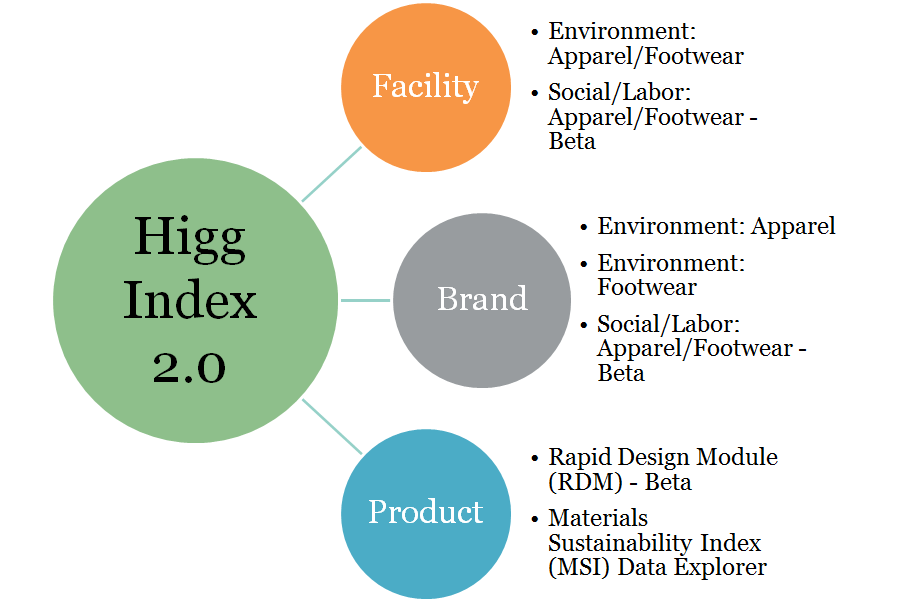
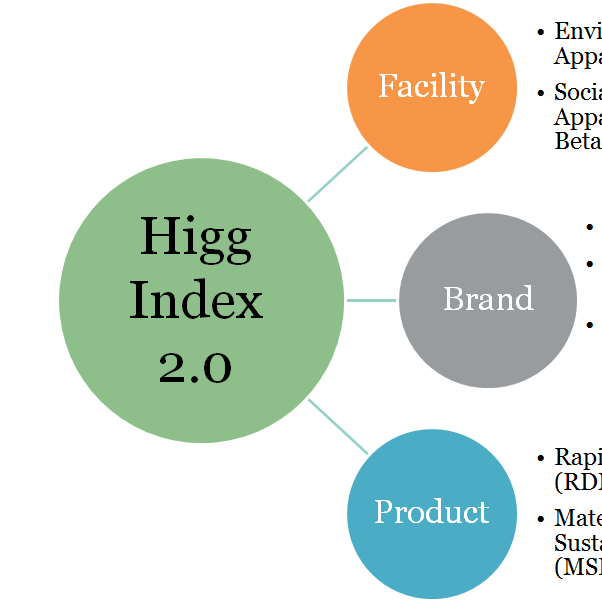
Released in July 2012 by the Sustainable Apparel Coalition (SAC), the Higg Index is a sustainability measurement tool that allows apparel companies to measure the impacts of their products across the value chain. Late last year, the SAC--a trade organization comprised of brands, retailers and manufacturers--announced an updated version of the index reflecting 18 months of development effort.
As we prepare to explore the environmental and social impact of fashion in an in-depth, four-month series, we thought it would be a good idea to take a closer look at the Higg Index 2.0.
The SAC represents companies totaling nearly 40 percent of the apparel and footwear market, Executive Director Jason Kibbey told TriplePundit, and the index is already being widely adopted at all levels of the value chain, so its reach and relevancy is clear.
As more companies jump on board, could the index inspire industry-wide sustainability standards? And what would this mean for the future of sustainable apparel?
What's new in Higg 2.0?
The biggest distinction between the first-generation Higg Index and Higg 2.0 is the updated platform. The original Higg Index utilized a fairly bare-bones Excel model. The latest iteration brings the index to an online platform developed by Schneider Electric--increasing accuracy and adding the ability to share users' sustainability data.
A company's assessment details the entire lifecycle of its products, from design to manufacturing to sale. Additionally, added and improved content in the Higg Index 2.0 includes:
- The Materials Sustainability Index (MSI) web tool, an apparel and footwear materials list released in June and since expanded to include sustainability metrics on 45 materials.
- Content from the Chemicals Management Module, which was co-created through a joint working group between the Outdoor Industry Association and the Sustainable Apparel Coalition.
- New social and labor modules, which are currently in the beta content phase with plans to expand in future iterations of the Higg Index.
While improved content surely adds to the scope of the index, particularly with respect to the introduction of social and labor modules, the shareable aspect of the updated version may prove to the most promising.
"It allows companies to see where they are relative to their peers as a whole, and what we really hope is that this inspires a race to the top," Kibbey said of the new platform. "It's a pretty strong incentive to improve, because no one wants to be at the bottom or the back of the pack."
The slow march to an industry-wide standard
Beyond friendly competition, the index--and the SAC as a whole--are centered around a decidedly collaborative model.
"One of the biggest challenges to improving the sustainability of supply chains is that every company will come with their own program, and you have some members that are manufacturers with over 100 customers," Kibbey observed.
This can lead to confusion and wasted effort on all sides, an observation shared by Desirae Early, manager of sustainability strategy at Levi Strauss & Co. (LS&Co.), an early member of the SAC and a collaborator on the first Higg Index:
"One of the big assets of the Higg Index is moving toward that path where we'll have a common industry standard for how we measure performance in the supply chain," Early told TriplePundit. "[Manufacturers] end up focusing a lot of time and energy on just figuring out how to comply with all of these different programs and requirements."
The Higg 2.0 Index allows companies to compare their own sustainability assessments side-by-side with those of their peers, encourages a focus on specific goals and provides a framework for an industry-wide standard. The assessment process becomes streamlined, reducing both costs and headaches and freeing up time and effort for tangible improvement rather than basic compliance with pass-fail audits.
Opening the doors for long-term investment
In addition to spurring one another to higher levels of sustainability performance, sharing assessment data also allows companies to invest in long-term approaches that go beyond compliance.
"We're giving this long-term view so that [companies] can put long-term capital behind making these improvements with the assurance that it's not going to be the flavor of the month," Kibbey said.
Providing this assurance is the fact that "there's a huge percentage of the industry behind them," Kibbey says, a factor that impacts even large players like LS&Co.
"It's very difficult for any brand to go about reducing all of the impacts of their supply chain alone," Early said. "It becomes much easier if we move towards those goals as an industry and look at how we collectively figure out ways to reduce our resource impacts so that we can have a more sustainable business in the long run."
The impact on the industry
While Kibbey is the first to admit that the Higg Index is "still an experiment," the tool provides great potential for communication and collaboration that spans manufacturers, retailers and brands--which bodes well for industry-wide transparency moving forward.
"The intention behind all of this is to really shift the responsibility so that everybody takes responsibility for those areas that they control," Kibbey said, noting that the SAC hopes companies at all levels of the value chain will also continue to exchange sustainability best practices amongst themselves.
"They can have a conversation with those areas beyond them as well, and really shift the dynamic from top-down to more of a matrix, so that everybody is playing a real role and improving environmental and social performance across the supply chain."
Image credits: Sustainable Apparel Coalition and Pexels
If In-N-Out Can Pay (a Lot) More Than Minimum Wage, Why Can't McDonald's?
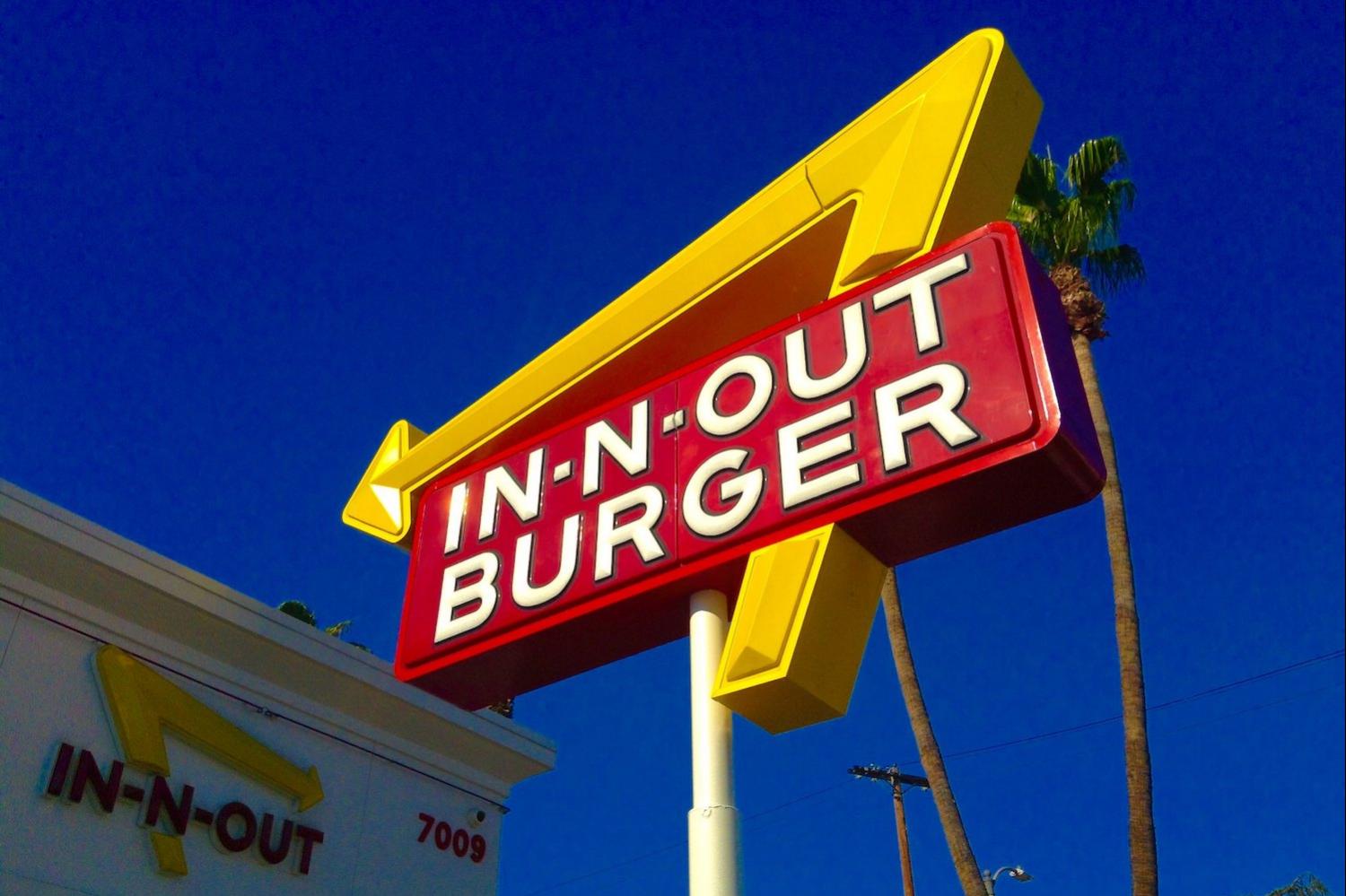
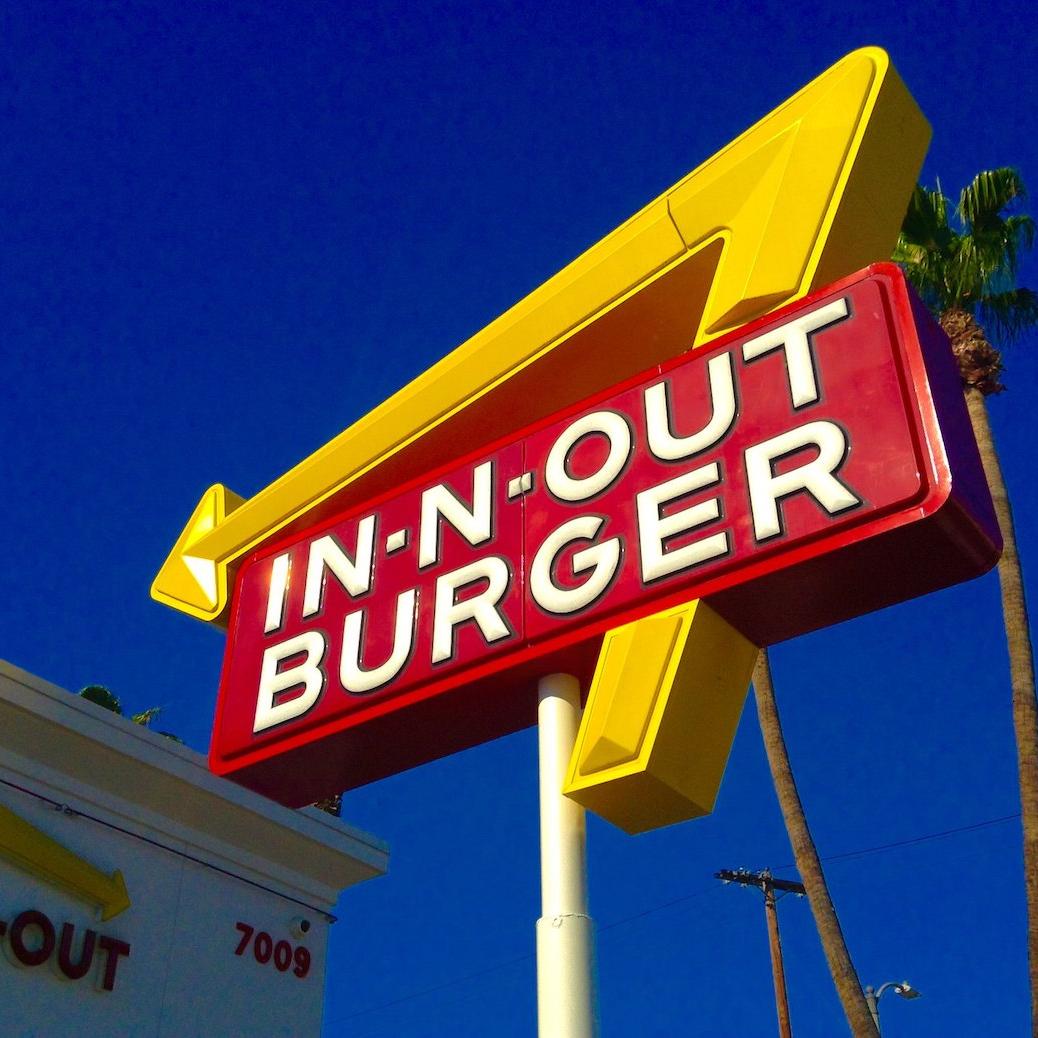
Here's an interesting point about corporate social responsibility: Major companies can choose to lead the charge, or if they neglect to do so for too long, the democratic process may step in and do so for them on terms the companies may not particularly like. Right or wrong, this is the situation faced by many low-wage employers in the U.S. following President Barack Obama's call to raise the minimum wage.
There are, however, examples of fast food and retail companies out there that strive to pay a fair wage. And they show that companies can indeed pay more and do well. In-N-Out Burger, a fast food chain in California and the Southwest, starts its employees off at a wage of $10.50 an hour. Moo Cluck Moo, a small fast food chain based in Canton, Mich., starts employees out at $12 an hour and ratchets up the pay to $15 an hour after 60 days. So what about McDonald's? Or Burger King? Or Long John Silver's for that matter?
Labor Secretary Thomas Perez makes a good point. If In-N-Out Burger can do it--remain profitable and still provide what has arguably been deemed a superior product--why can't McDonald's? Say's Perez, "I find it a remarkable notion that McDonald's can't afford to pay an increase in the minimum wage but In-N-Out Burger can."
I contacted the McDonald's media department about this issue a couple times, but unfortunately got no response.
In January, during the State of the Union Address, President Obama asked to raise the minimum wage to $10.10 per hour, saying: "Today the federal minimum wage is worth about 20 percent less than it was when Ronald Reagan first stood here. And Tom Harkin and George Miller have a bill to fix that by lifting the minimum wage to $10.10."
Since then Labor Secretary Perez has been touring the nation, campaign-style, making the president's case and raising support for an increase in the minimum wage. He's been visiting places like an ACE Hardware store in the Washington, D.C. area where associates make $13 per hour, which is about $5 more per hour than the D.C. minimum wage. There's plenty of precedent for a higher wage coupled with success.
So here's where it gets complicated. The Congressional Budget Office recently released its report on the effects of an increased minimum wage. The good news is, about a million people will be lifted out of poverty and 16.5 million low-wage Americans would see their household incomes increase. The bad news is, half a million low-wage earners could lose their jobs. Basically, a lot of people will see their household incomes rise by a lot, while a smaller number of households will see their incomes fall. This falls in line with what Brian Parker, co-founder of the restaurant Moo Cluck Moo has to say: "Instead of having a dozen people standing around during downtime, we have three or four. And during that time they are cleaning and prepping food...We have designed our restaurants to run efficiently and pay people more."
Mr. Parker, while paying his employees almost twice the minimum wage, also points out that he'd prefer for the government not to mandate a higher minimum wage. Perhaps if there were more companies like Mr. Parker's, the government wouldn't have to.
Image Credit: Flickr/Mike Mozart
Toyota Testing Wireless Charging Technology for Electric Cars
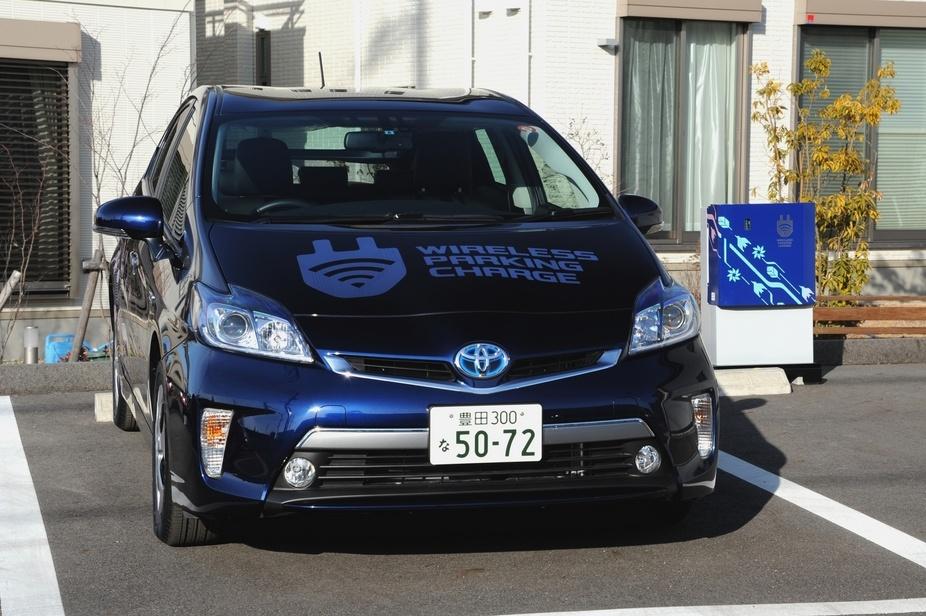

Imagine pulling into your driveway and charging your car by parking on top of a charging system that uses a magnetic-resonance technology and does not require the vehicle to be plugged in.
What seems like a scene out of a science fiction movie, is now being tested by Toyota in Japan in three households with plug-in electric Prius hybrids. The wireless charging technology for plug-in hybrids and pure electric vehicles may be just a couple of years away from domestic use for auto consumers, but the infrastructure will need more time to catch up before it is widespread in commercial facilities, such as parking garages.
Toyota has been working on this technology for several years in cooperation with WiTricity, an MIT spinoff that has relationships with Audi and Mitsubishi, and Volvo is also working on a wireless charging system.
This wireless system could simplify electric vehicle charging by making the process more convenient and straightforward for drivers. It could be a game-changer for electric vehicles by serving as a universal charging station, solving the problem of having multiple plugs for different car models. In addition, it could trim down charging time to a mere 90 minutes for the plug-in hybrid Toyota Prius.
This new technology comes in response to consumer demand. “We have heard from Prius Plug-In Hybrid owners that they would like a more convenient charging operation,” said Managing Officer Satoshi Ogiso. “In response, we are developing a new wireless inductive charging system that produces resonance between an on-floor coil and an onboard coil to recharge the battery without the fuss of a cable.”
For the technology to be effective, several design challenges needed to be addressed. The car and the charging station need to be properly aligned to charge the battery, thus the system includes a parking assist feature that displays the position of the charging coil in relationship to the car. The charging station also needs to be strong enough to withstand being run over by a car without causing electromagnetic interference on nearby equipment.
Toyota's corporate reputation has rebounded quickly from the accelerator recalls that plagued the company a couple of years ago. It is on track to post record earnings for the fiscal year that ends in March. Toyota has now sold more than 6 million hybrid vehicles globally, with 1 million selling in the last nine months.
Although the Prius was initially a gamble for Toyota when it was introduced in 1997, it is now a vital aspect of the Toyota brand. Keeping the Prius innovative is essential for staying on top, particularly as more highly efficient cars and electric vehicles enter the market. This wireless charging technology could do the trick and may be available very soon.
“In general, the industry believes the inflection point for the adoption of electric cars is 2020. The money’s on that,” says Eric Giler, CEO of WiTricity. “Our belief is that wireless charging of electric cars will start to show up in production models starting in the 2016 model year.”
Photo Credit: Toyota
http://www.youtube.com/watch?v=FNeWaVcDKEE
Sarah Lozanova is a regular contributor to environmental and energy publications and websites, including Mother Earth Living, Green Building & Design, Triple Pundit, Urban Farm, and Solar Today. Her experience includes work with small-scale solar energy installations and utility-scale wind farms. She earned an MBA in sustainable management from the Presidio Graduate School and she resides in Belfast Cohousing & Ecovillage in Midcoast Maine with her husband and two children.